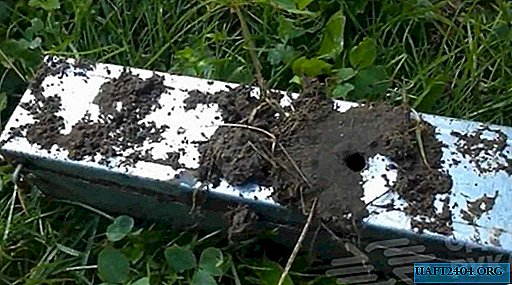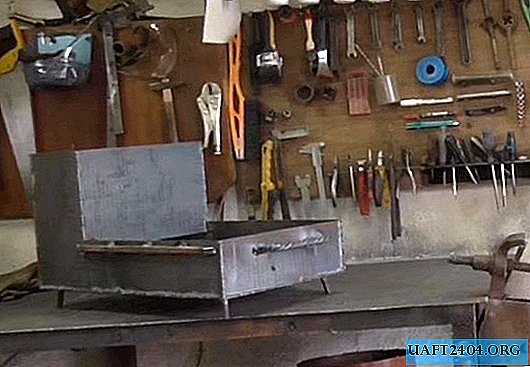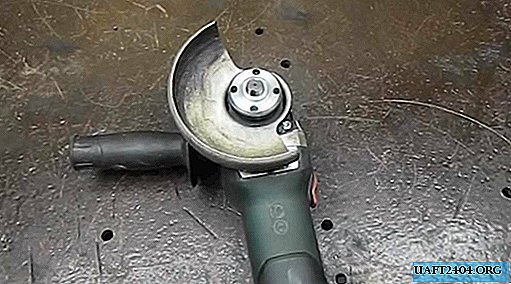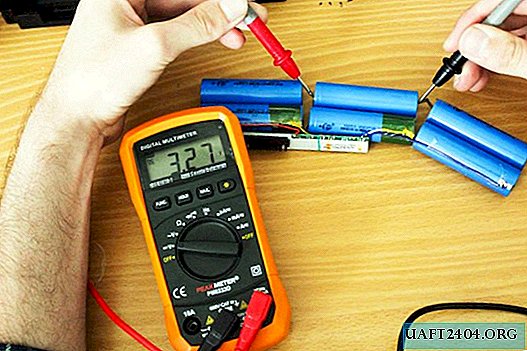Share
Pin
Tweet
Send
Share
Send
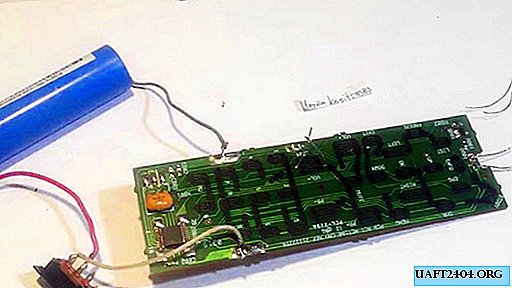
The usual way of a home master: you need a certain device, we begin the search for materials and manufacturing technology. We will consider the option exactly the opposite: there is an initial blank (a working, but not necessary remote control), but it is not clear how to apply it.
Any infrared remote control is built on the generation of a high-frequency signal containing information.
Therefore, in his circuit there is a generator, and an information transfer device: IR LED. If you connect another device instead of the radiator, you can expand the scope of the remote control and breathe new life into the old device.
Health Check
We remove the infrared LED, connect the power and close any button on the remote control circuit (connect the tracks on the board).


We connect a speaker to the output - it makes a sound, in accordance with the frequency of the generator.

If we connect a regular (not IR) LED to the output, we will see intense flashing. By connecting a high-frequency transformer from a switching power supply to the output, you can light a neon lamp.
We connect the oscilloscope. The measured frequency is 32 kHz (this parameter may be different), the peak voltage is about 45 V. Therefore, this circuit can be used for serious crafts.

Practical use:
Flasher strobe


An ordinary LED or a more powerful assembly (with a supply voltage of 35 V) can be connected to the output of the circuit using an RF transformer. Step-up transformer with characteristics: primary winding of 10-12 turns, secondary 300-350 turns, will ensure reliable start-up of a powerful LED element. You can collect an effective means of shock self-defense.
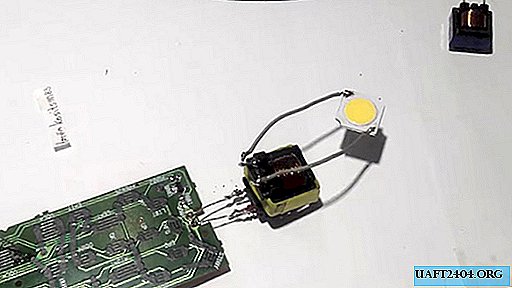

High voltage spark generator
Developing the idea with a step-up transformer, we assemble a multi-stage voltage multiplier. With the help of small capacitors and diodes, we easily achieve a 2-3 mm high voltage discharge. By increasing the cascade, it is possible to achieve sparks with a length of 15-20 mm. True, in this case, the generator will work with excess load.


Flush Detector
We can generate high-frequency pulses, and transmit them using an antenna. If you use indoor wiring as an antenna sheet, you can catch the signal using a conventional long-wavelength radio. To do this, connect a coil of 10-15 turns to the output of the circuit. In parallel, solder a regular network cable with a plug.

Important! When checking for hidden wiring, the power supply at the facility should be completely turned off. Otherwise, you can get an electric shock, not to mention the burning of a makeshift "device".
When you turn on the circuit, the generated high-frequency signal through the outlet goes to all the wires in the walls of the room. With the help of a radio, it is easy to find a hidden wiring route.



Demonstration, not practical
Two coils of large diameter (100-120 mm) demonstrate inductive transmission of electricity at a distance. This is how wireless chargers for smartphones work. The primary coil is soldered to the output of the remote control board. The second coil with a load (LED) is brought to the first, the diode is lit.

By winding a coil on a paper tube, you can assemble a high-frequency field generator. The primary winding (4-5 turns) is connected to the output of the circuit, the secondary (300-400 turns) is connected at one end to the base of the output transistor on the board. The second end is free. With the introduction of a ferrite rod, an electric field is generated that can ignite a fluorescent lamp.




Total:
The only drawback of such homemade products is low reliability. This is offset by the conditional free materials.
To comply with safety measures when creating a stun gun, it is necessary to use a durable dielectric casing.
Share
Pin
Tweet
Send
Share
Send


